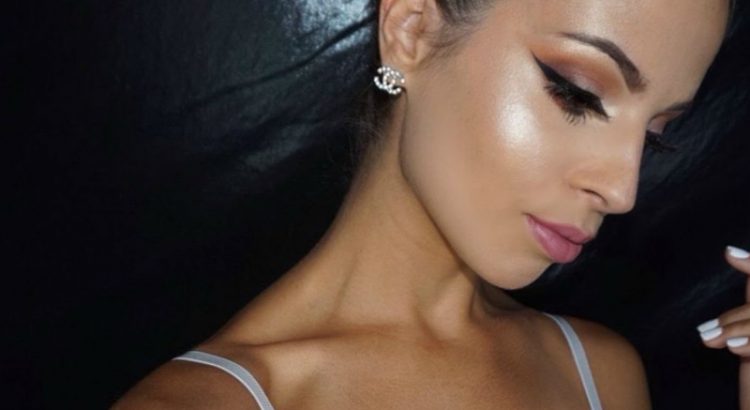Article by Herb Kimble.
Move over contouring, there’s something new in the makeup world. It’s called strobing—or “nontouring,” and it’s pretty much the alter ego of the face-thinning contouring trend.
A hot makeup trend of the last few years, contouring involves using darker foundations or concealer on the chin, neck, and areas close to the hairline, and lighter-colored foundations on the cheeks, nose, forehead, and areas where light hits in order to make the face look lean.
Strobing, on the other hand, promotes a younger look by highlighting the tops of the cheeks and inner corners of the eyes. Strobing gives a soft, dewy appearance to make a person look younger.
Here are some additional advantages of nontouring:
Compared to contouring, it’s a simple technique. To strobe, apply a primer followed by a light, dewy foundation or tinted moisturizer and concealer on areas where you need coverage. Then apply highlighter to the tip of your hose, the tops of your cheeks, and your brow bone. Whala—you’re ready to roll.
It’s quicker. When done correctly, contouring can take 30 minutes or more. You can nontour in just a few minutes or less.
It’s cheaper. Contouring involves using a few different shades of foundation to create a more chiseled look. This requires a person to invest in multiple bottles, which adds up.
It’s a more natural look. Because contouring involves several different shades of foundation, it can result in a “made up” appearance. Nontouring, on the other hand, promotes a soft, radiant glow.
